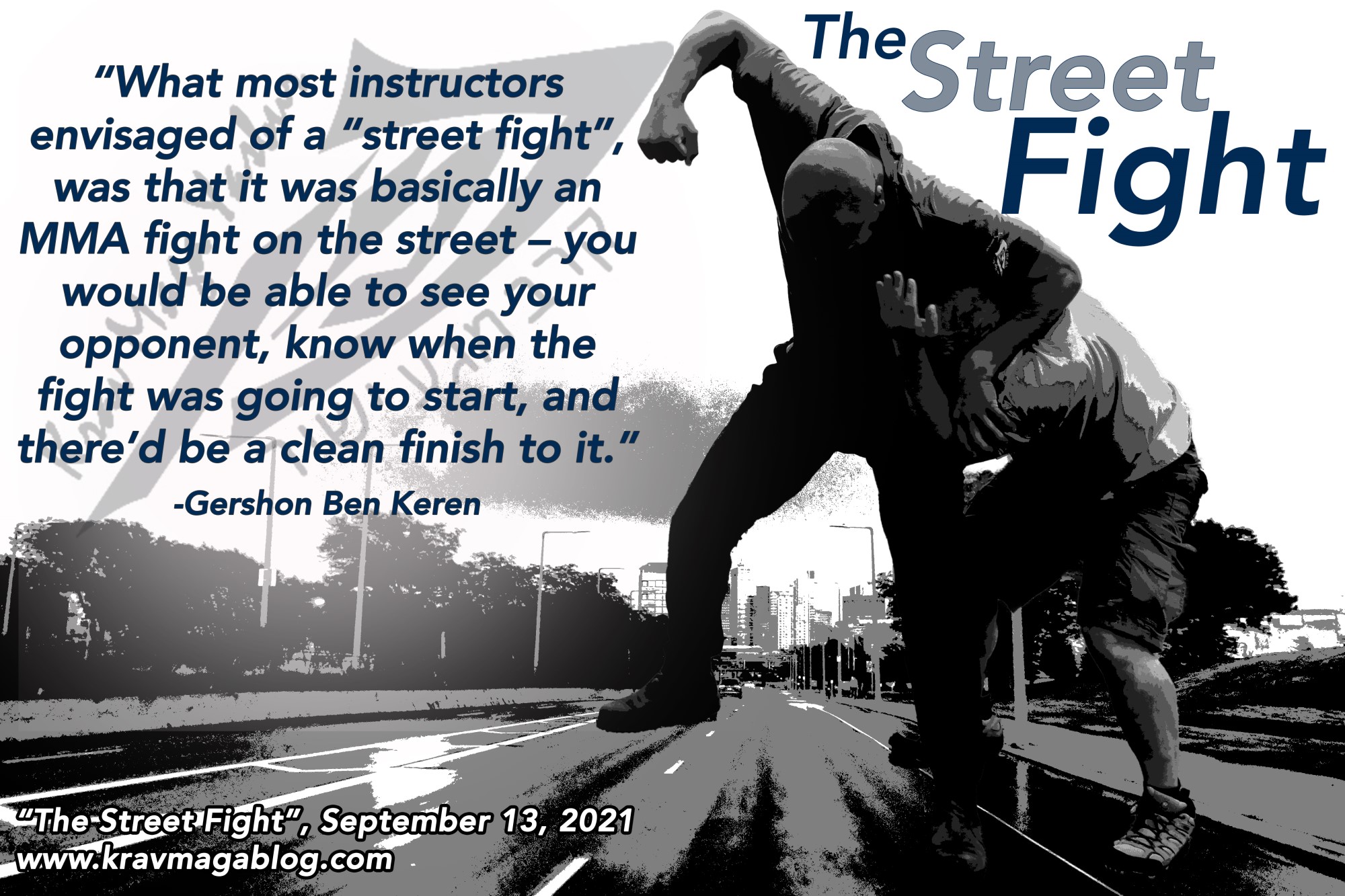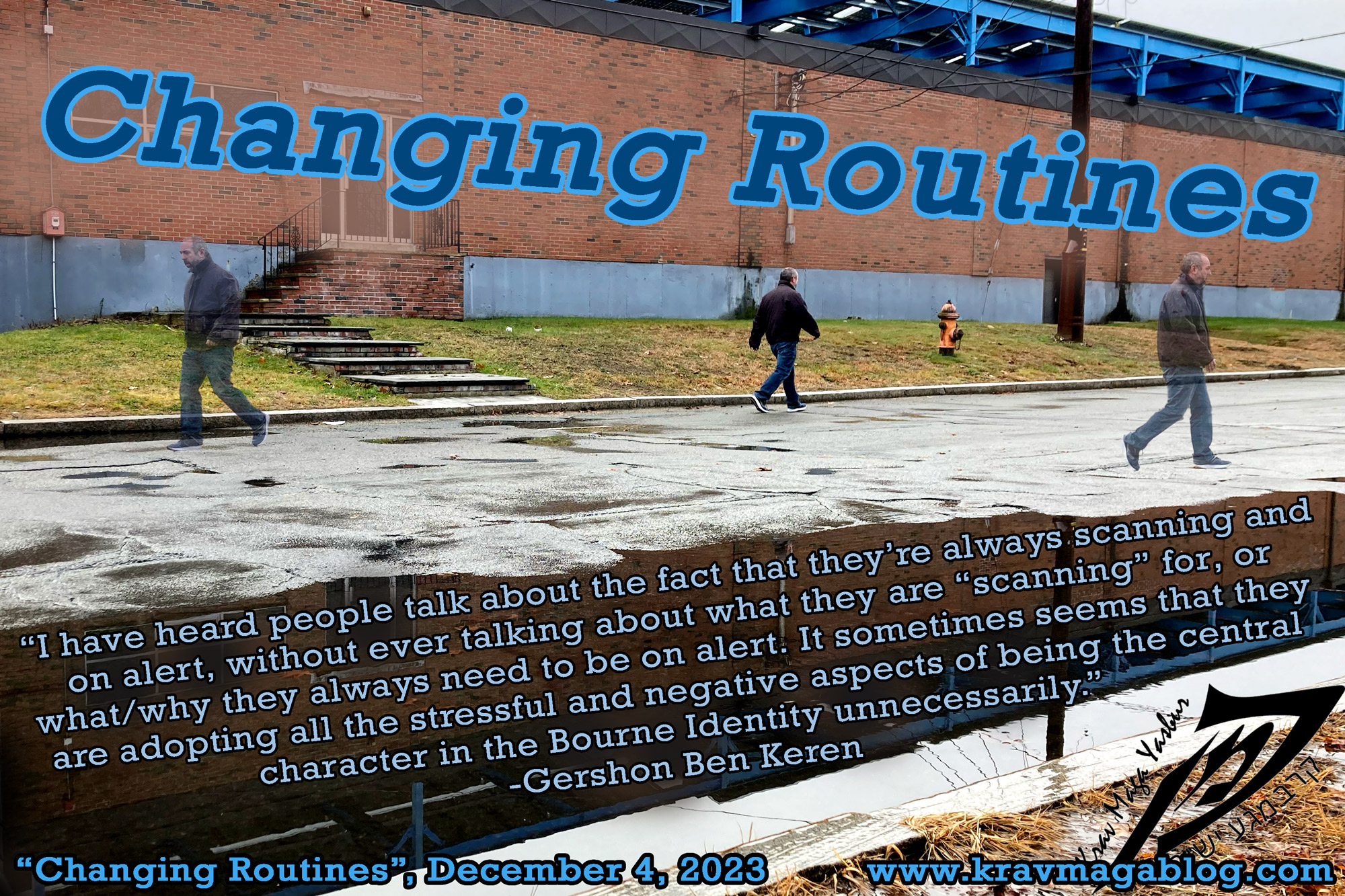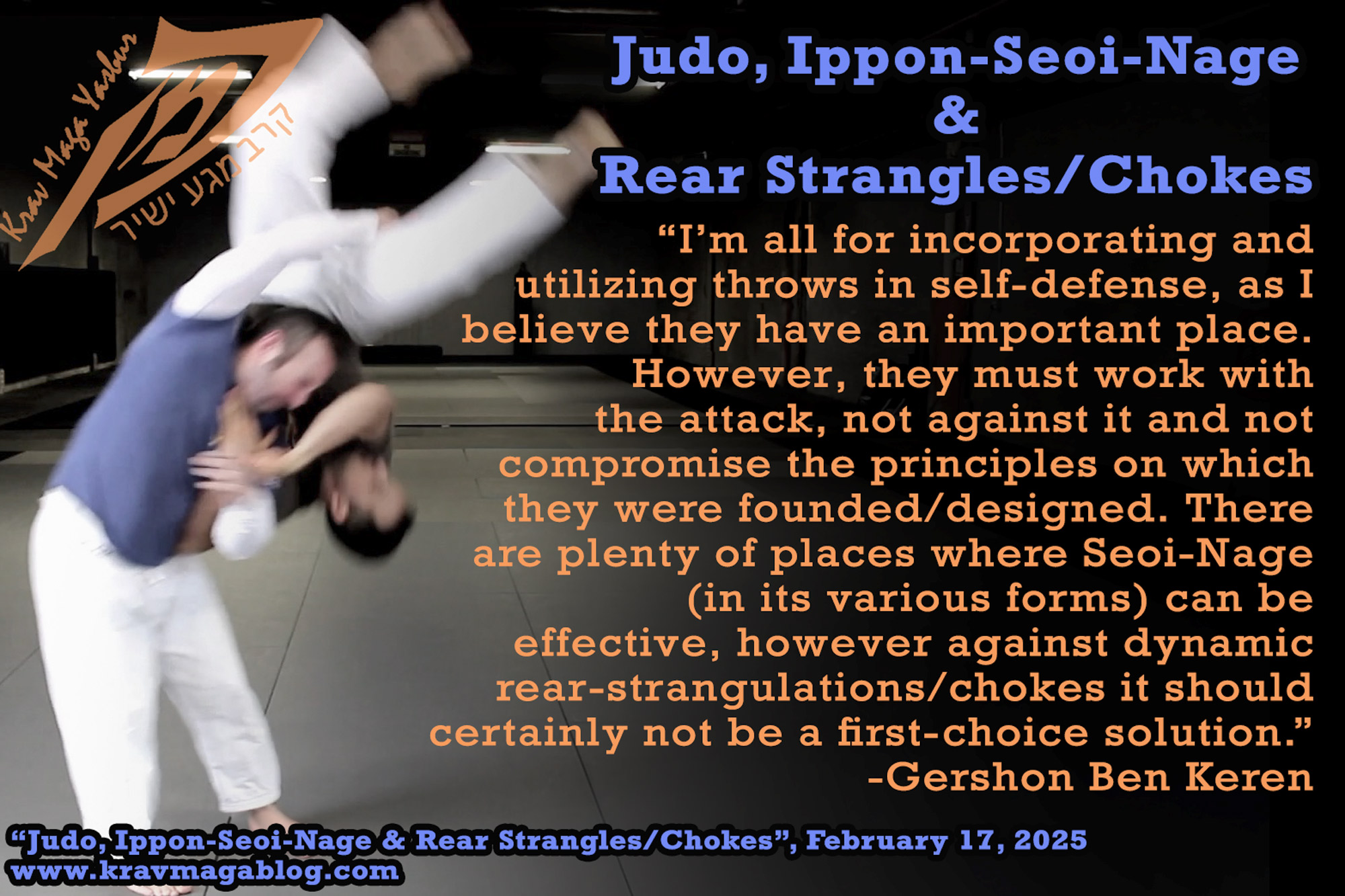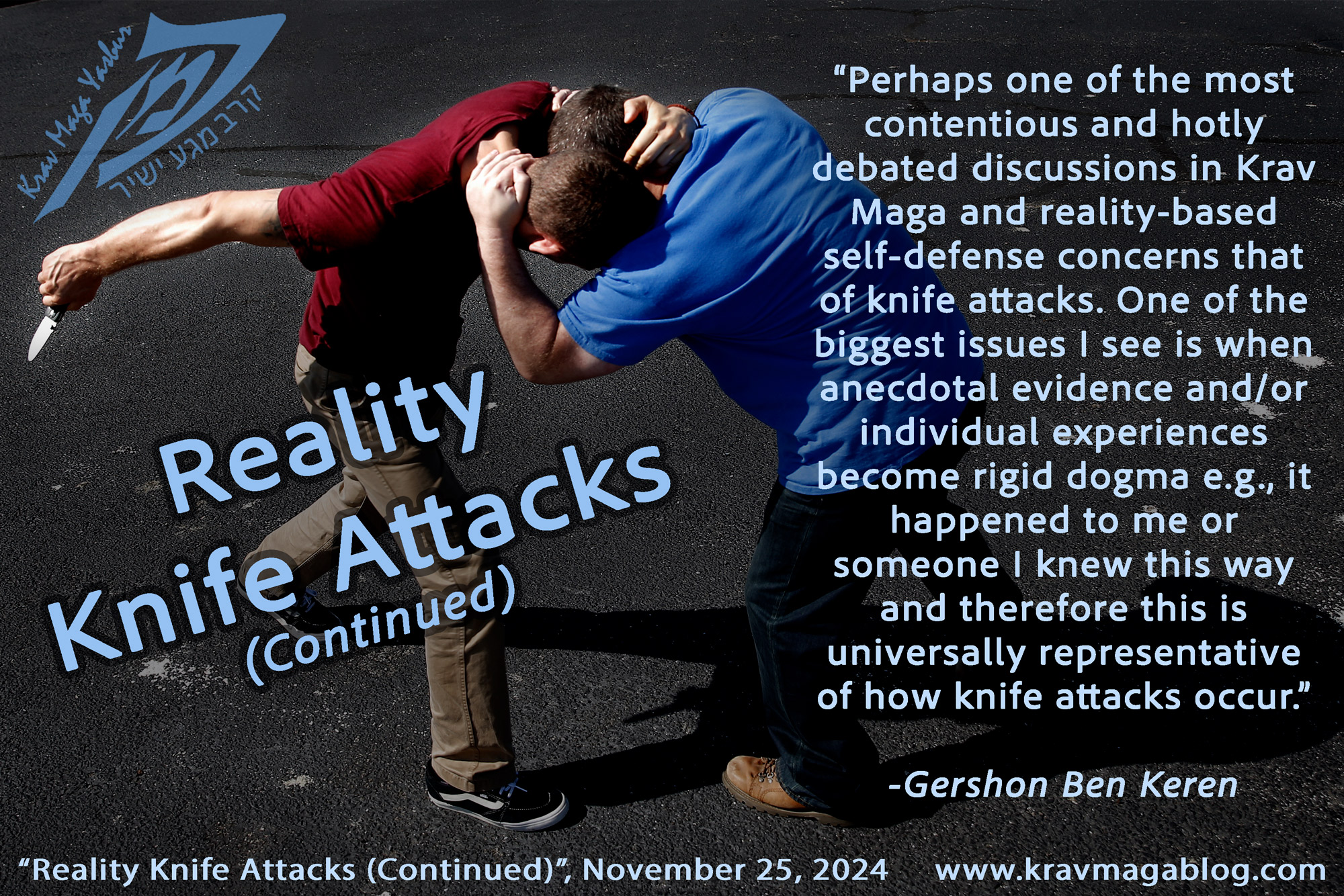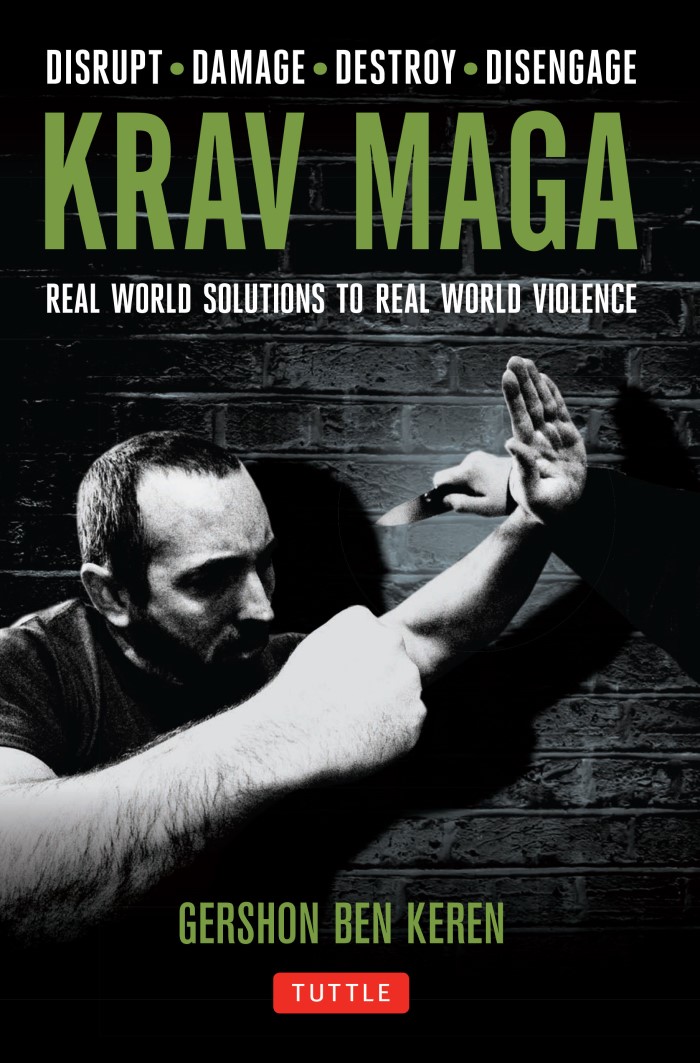Judo, Ippon-Seoi-Nage and Rear Strangles/Chokes, is an article written by Gershon Ben Keren, a 5th Degree Black Belt in Krav Maga, who teaches Krav Maga in Boston, MA. He has also authored three Amazon best-Selling Books on Krav Maga.
I’m a Judo guy. I started training when I was a kid and competed through my teenage years into adulthood. I’m not just interested in it as a competitive combat sport but also as a self-defense system; Judo has its own dedicated self-defense component Goshin Jutsu, which looks at how to respond to specific attacks, such as what to do when a lapel or wrist is grabbed etc. Many of these techniques are contained in the Goshin Jutsu no Kata; a two-person form Kata, which contains a predetermined set of attacks, one of which is a rear “naked” strangulation/choke (Hadaka-Jime); “naked” because it uses the forearm/wrist and not the clothing/collar to apply pressure to the neck. In the Kata, the solution/technique performed as a response is very similar to the “basic” turning-in defense of Krav Maga, where the person defending the attack (Uke), pulls the arm down to the chest, turns their face towards the attacker, and steps under the armpit of the arm applying the choke/strangulation to end up behind the attacker (Tori). To see a video of this Click Here. In the Kata, an armlock is then applied and the attacker (Tori), is taken to ground; in Krav Maga the usual “default” response after escaping the attack is to respond combatively, with the aim of disengaging etc. However, I often see various self-defense instructors demonstrate Ippon-Seoi-Nage (a particular Judo throw), as a response to a rear strangulation. In this article I want to look at why this throw – despite it appearing, at an initial quick glance – to be a good response to a rear strangle – is likely to not be effective.
I believe some self-defense instructors may believe Ippon-Seoi-Nage is a good response to a rear choke/strangulation because of the attacker’s arm position i.e., it is up high around the neck. However, this is not where the arm should be, when performing the throw, it should be caught between the bicep and the forearm, in the crook of the elbow (sort of), using a vice like pinch. This is done to prevent the arm slipping over the shoulder – where it is in a rear strangle/choke – as this compromises balance. When executing the throw, you are not pulling the person over your head but rather rolling them off your back. So, if you are looking at where an attacker’s arm should be when executing the basic throw, it is not around your neck but trapped lower down between your own forearm and bicep. Having the arm up over the shoulder is one of the most basic and common errors I see when teaching the throw. Hidetoshi Nakanishi in his book Seoi-Nage (Ippon Press), demonstrates this on page 73 (Nakanishi, an expert in the use of Seio-Nage, won the Judo world championship in 1983 in the Under-71 Kg weight division). Syd Hoare (8th Dan and at for many years the principal instructor at the Budo) kwai in “The A-Z of Judo” (page 18 – Ippon Books) states “When positioning the right arm under the opponent’s armpit care must be taken to ensure that the thrower’s biceps and lower part of the deltoids are placed there and not the top part of the shoulder by the neck and trapezius muscle.” So, firstly, unless you can move the arm making the strangulation/choke, to between the bicep and forearm, it is not in a good position from which to perform the throw. In fact, if your attacker’s arm(s) is in this position around the neck/head when you execute the throw, and they decide to hold on rather than let go, that’s a lot of moving weight being applied against your neck.
Another reason – and perhaps the most important one – as to why Seoi-Nage in its various forms/variations – is that of movement. My Japanese isn’t great but the word “Seoi” in Japanese implies the idea of carrying something on your back, such as a sack of flour, rice or wheat etc. With good posture this still means that there has to be a slight bend forward at the waist/hips, as you move forward. The throw is part of Judo’s Te-Waza (Hand Techniques) rather than Goshi-Waza techniques and involves pulling an attacker onto your back, before rolling them off, over and to the side (the hips aren’t involved). However, with a rear-strangulation/choke, you are normally being pulled backwards somewhat – even when applied statically – and extremely dramatically if you are being pulled backwards as the choke/strangulation is being applied. To suggest that you can overcome the momentum of being pulled back, by pulling forward, is unrealistic. In the Nage-No-Kata, Ippon-Seoi-Nage is demonstrated against an attacker moving forward, making a downwards hammer-fist style attack i.e., someone whose weight is moving towards you, not away from you (as with someone pulling you backwards). Every demonstration I’ve seen of Seoi-Nage being applied against a rear-strangulation/choke, as part of a “self-defense scenario” has the attacker (Tori) standing still and compliant, allowing for the defender (Uke – the “receiver” of the attack) to pull them forward onto their back. However, in a dynamic situation, the person being strangled is more likely to be pulled backwards – from my time working in security I’ve seen such “rear-strangles” applied as more of a means of pulling someone backwards than as an actual strangulation/choke i.e. with an intent to block the airway. Judo is about working with someone’s movement rather than against it – why Ippon-Seoi- Nage in the Nage-No-Kata is demonstrated/shown against an attacker moving their weight forward, to which Uke turns, pulling them up and forward, working with this shift in weight.
When training rear-strangle solutions dynamically and when someone is caught by surprise (in honesty most rear attacks are going to be ones that a person didn’t see coming), one of the hardest problems to deal with is simply staying upright and on your feet, as you’re pulled backwards. To then ask someone to reverse this momentum and pull the attacker – who is moving in one direction – in another is asking them to do the impossible; especially when there is a significant size and weight disparity e.g., to suggest that someone who weighs 120 Lbs who is being pulled backwards by someone weighing 200 Lbs, not only stop themselves from being pulled backwards but should reverse this force and pull the other person forward and onto their back is somewhat unrealistic. I’m all for incorporating and utilizing throws in self-defense, as I believe they have an important place. However, they must work with the attack, not against it and not compromise the principles on which they were founded/designed. There are plenty of places where Seoi-Nage (in its various forms) can be effective, however against dynamic rear-strangulations/chokes it should certainly not be a first-choice solution.
0 COMMENTS

